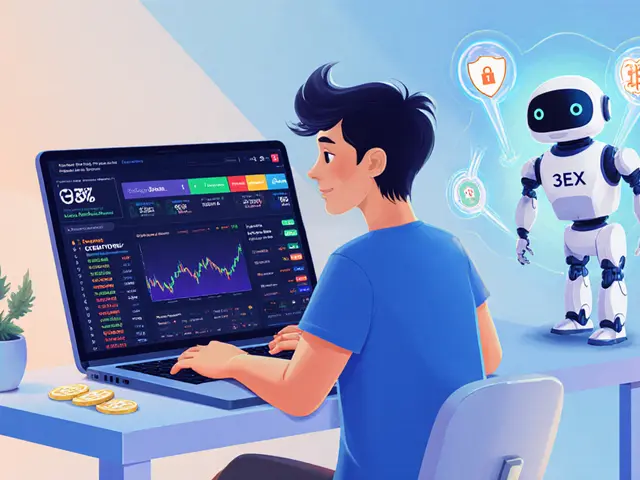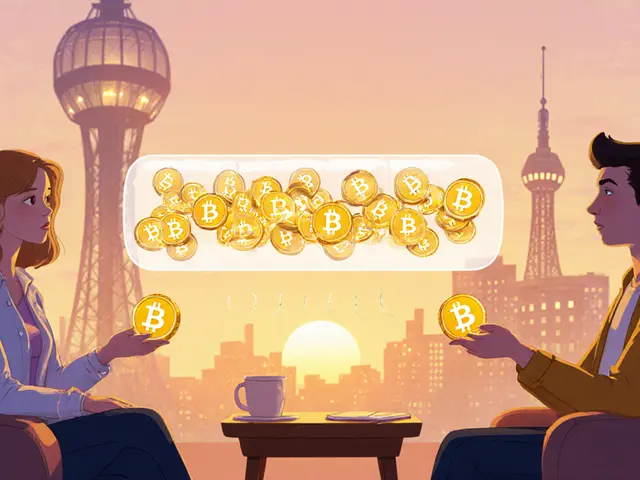Play-to-Earn Cryptocurrency: How Gaming Meets Real Money
When working with play-to-earn cryptocurrency, digital tokens that reward players for in‑game actions and can be exchanged for fiat or other crypto assets. Also known as P2E token, it blurs the line between entertainment and finance. Play-to-earn cryptocurrency lives on a blockchain—most often Ethereum, Polygon, or Solana—so every reward is recorded on a public ledger. The model needs three things: a game that creates measurable actions, a smart‑contract‑driven token economy, and a marketplace where players can cash out or reinvest. Because the tokens are tradable, gamers can earn a real income stream, while developers gain a self‑sustaining liquidity pool that fuels updates and new content.
Key pieces of the GameFi puzzle
One related entity is GameFi, the genre that combines video games with decentralized finance mechanisms. GameFi introduces staking, yield farming, and governance directly into the gameplay loop, turning a simple quest into a financial decision. It leans heavily on tokenomics, the design of supply, reward rates, inflation controls, and utility for a token. Good tokenomics balance short‑term player incentives with long‑term scarcity, often using capped supplies, burn mechanisms, or vesting schedules. Another common driver is the crypto airdrop, a free distribution of tokens to eligible users, frequently used to bootstrap a new game’s economy. Airdrops lower entry barriers, spark community growth, and create early liquidity, but they also attract speculators, so projects must pair them with solid utility. Finally, we have whale activity, large token holders moving massive amounts on exchanges, which can swing a game’s token price and affect player earnings. Tracking whale deposits and withdrawals helps players anticipate price spikes or dumps, a skill that separates casual earners from seasoned crypto gamers.
The articles below dive deep into each of these areas. You’ll read how Jordan’s new Virtual Assets Law finally gives P2E players a legal pathway, while Thailand’s crackdown shows the risks of operating on unlicensed platforms. Guides like the RichQUACK and GameZone airdrop tutorials walk you through claim steps, wallet setup, and security tips. Tokenomics case studies on projects such as Decentral Games ICE, Ancient8, and SPAT illustrate what makes a token sustainable versus what triggers a sell‑off. Whale‑tracking tools and market‑impact analyses, like the piece on crypto whale deposits & withdrawals, teach you how to read on‑chain data for better timing. Whether you’re curious about the regulatory landscape, hunting the next airdrop, or building your own GameFi token, this collection gives you clear, actionable knowledge you can apply right away. Let’s explore the resources and see how the play‑to‑earn world is shaping the future of gaming and finance.



